
Evinacumab in children with HoFH: What’s the evidence?
Dr Eliot Brinton, Utah Lipid Center, Salt Lake City, USA discusses the evidence of using Evinacumab in children with Homozygous familial hypercholesterolaemia.
International experts discuss hot topics in the modern management of patients with elevated risk of CVD and of pancreatitis.

Dr Eliot Brinton, Utah Lipid Center, Salt Lake City, USA discusses the evidence of using Evinacumab in children with Homozygous familial hypercholesterolaemia.

Professor Daniel Gaudet, University of Montreal, Canada discusses what the results from the SHASTA-2 trial mean for clinicians

Professor Gary Lewis, Director of the Banting and Best Diabetes Centre at the University of Toronto, Canada, and co-author of the report discusses the evidence presented in this important publication and its implications for clinicians and patients.
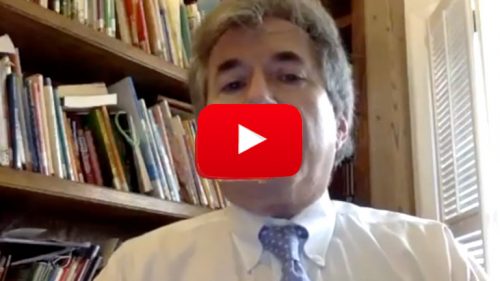
Dr Michael Miller, Professor of Cardiovascular Medicine at the University of Maryland, Baltimore, USA, explains that the ACC’s expert consensus decision pathway stratifies patients with atherosclerotic cardiovascular disease (ASCVD) and persistent hypertriglyceridaemia according to their residual LDL-cholesterol (LDL-C) level.
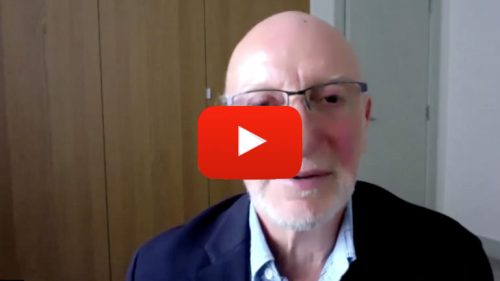
Chris Packard, Professor of Vascular Biochemistry at the University of Glasgow, UK, looks forward to fresh insights into the contrasting results of the REDUCE-IT and PROMINENT trials and the impact of changes in triglyceride-rich lipoproteins on atherosclerosis.

Derick Raal, Head of Lipidology and Endocrinology at Johannesburg Hospital, South Africa, anticipates research to further understand possible targets for ANGPTL3 and apoCIII inhibition, and outcome studies to establish their effects on cardiovascular events.
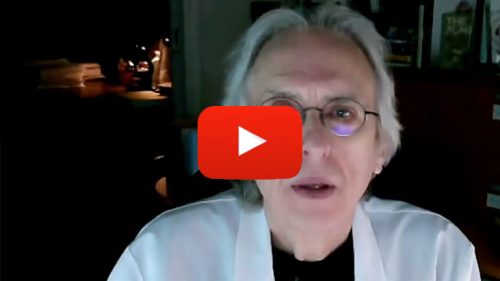
Rob Hegele, Jacob J Wolfe Distinguished Medical Research Chair, Robarts Research Institute, Ontario, Canada, hopes that patient genotyping in hypertriglyceridaemia trials will help predict response to novel therapies, and cardiovascular benefits.

Anne Goldberg, Professor of Medicine, Washington University School of Medicine, USA, is eager to find out if targeting apoCIII with antisense oligonucleotide or mRNA silencing approaches may lead the way to novel treatments for severe chylomicronaemia.

Professor Anne Tybjærg-Hansen unpicks the genetic complexity of hypertriglyceridaema in relation to familial chylomicronaemia syndrome, multifactorial chylomicronaemia syndrome and mild-to-moderate triglyceride elevation, and discusses the aggravating factors and clinical consequences of genetic variants.
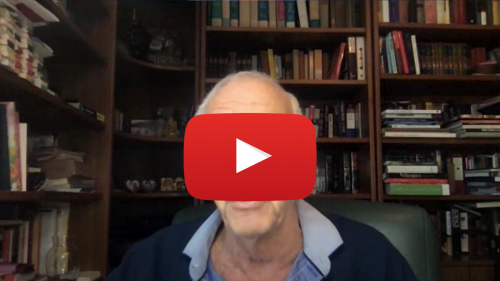
Professor Joseph Witztum discusses the evidence to support targeting apolipoprotein C-III with antisense therapies such as single stranded RNA, DNA molecules or siRNA, or with monoclonal antibodies, to reduce plasma triglycerides in order to lower the associated enhanced risk of acute pancreatitis and potentially cardiovascular risk.
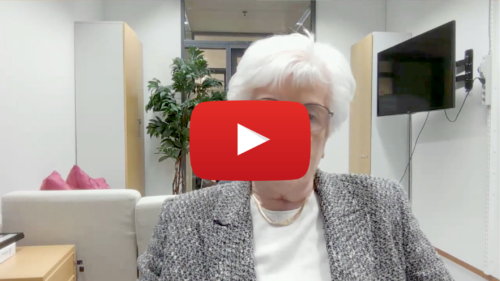
Professor Marja-Riitta Taskinen and Professor Jan Borén talk about recent findings demonstrating the importance of the prolonged postprandial lipaemia typically seen with Western eating patterns, in relation to dysregulation of triglyceride-rich lipoproteins and atherogenic dyslipidaemia.

Professor Børge Nordestgaard reviews the evolving consensus behind current guidelines which conclude that fasting is not routinely required for determining an individual’s lipid profile, with advantages for patients, clinicians and laboratories.
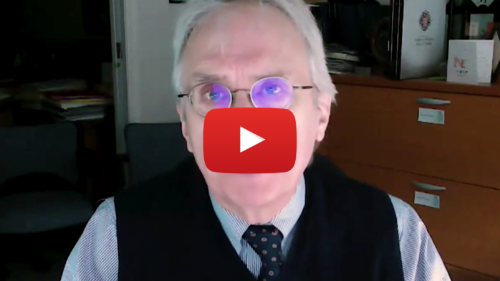
Professor Rob Hegele uses the case of a patient with uncontrolled type 1 diabetes admitted to the Emergency Room with acute pancreatitis, and found to have a strong risk of polygenic hypertriglyceridaemia, to describe the management of hypertriglyceridaemia-related pancreatitis.

Professor Derick Raal describes recent progress with novel therapies in development for the management of hypertriglyceridaemia and their potential for reducing pancreatitis and residual risk of cardiovascular disease, with a focus on patients with chylomicronaemia syndrome.

Professor Chris Packard discusses the association between raised triglyceride and increased production of chylomicron and very-low-density lipoprotein remnants from triglyceride-rich lipoproteins in the liver and intestine, with potential for causing atherogenic changes through multiple mechanisms.

Rob Hegele welcomes the upsurge in interest in triglycerides – the ‘neglected cousins’ of the lipid world – and looks forward to learning more about latest concepts and contributing his own clinical and research experience to the Triglyceride Forum.

Derick Raal describes the need for the Triglyceride Forum at a time when triglycerides are increasingly recognised as an important target for reducing residual cardiovascular risk after conventional lipid lowering therapy, as well as risk of pancreatitis.

Chris Packard explains that, as research points to the contributory role of triglyceride-rich lipoproteins in the atherogenic process, the Triglyceride Forum will be of interest to lipidologists, cardiologists, endocrinologists and many others involved in internal medicine.




